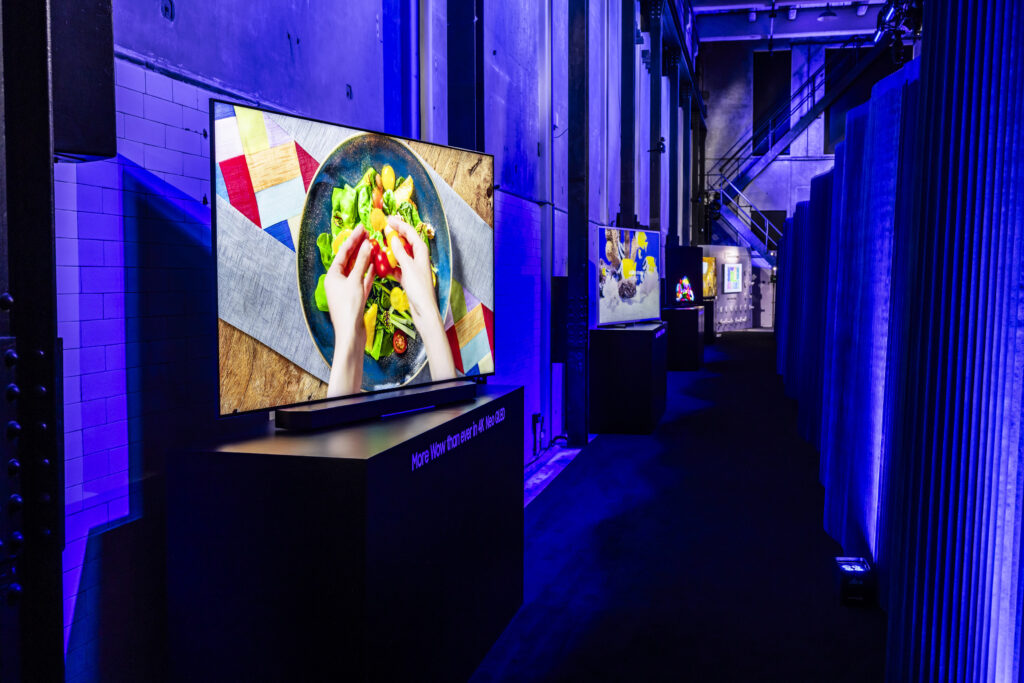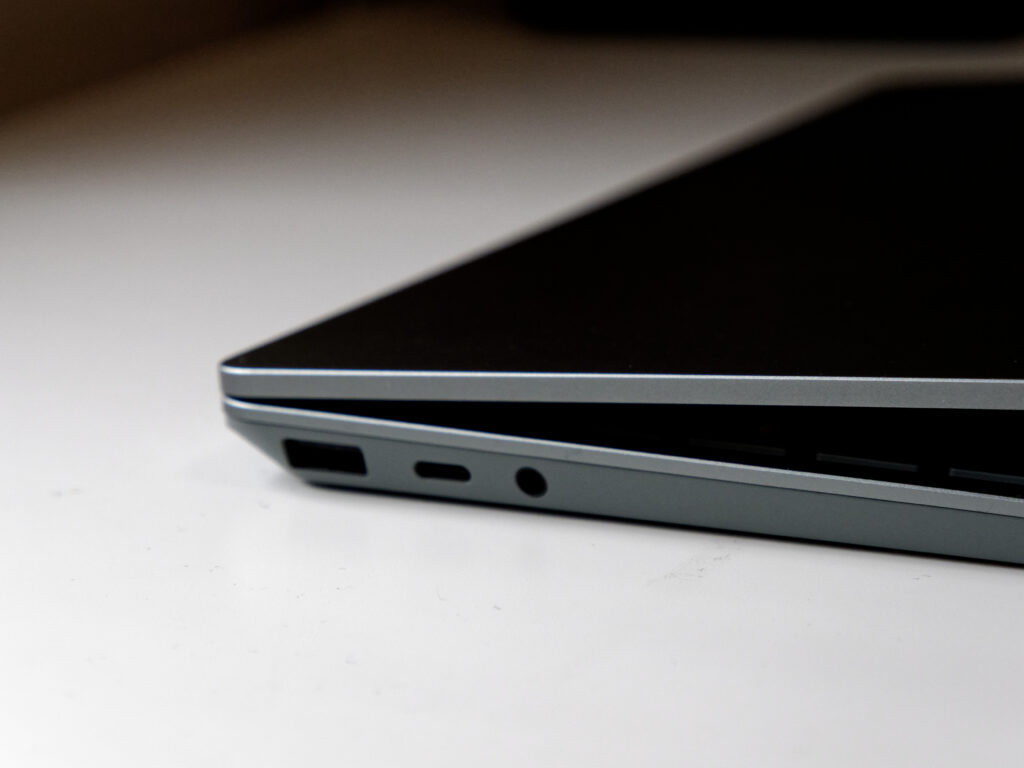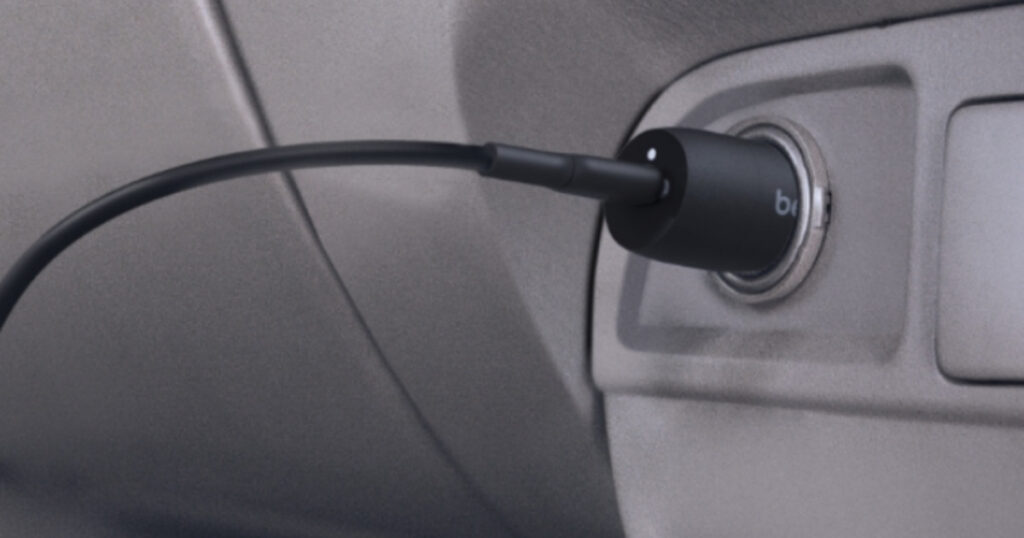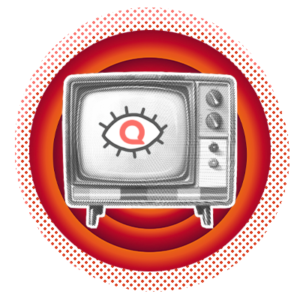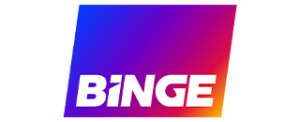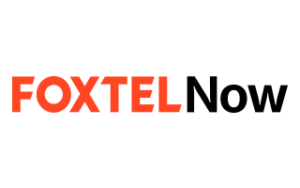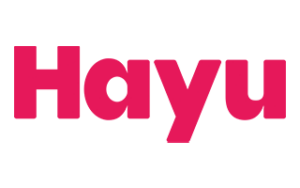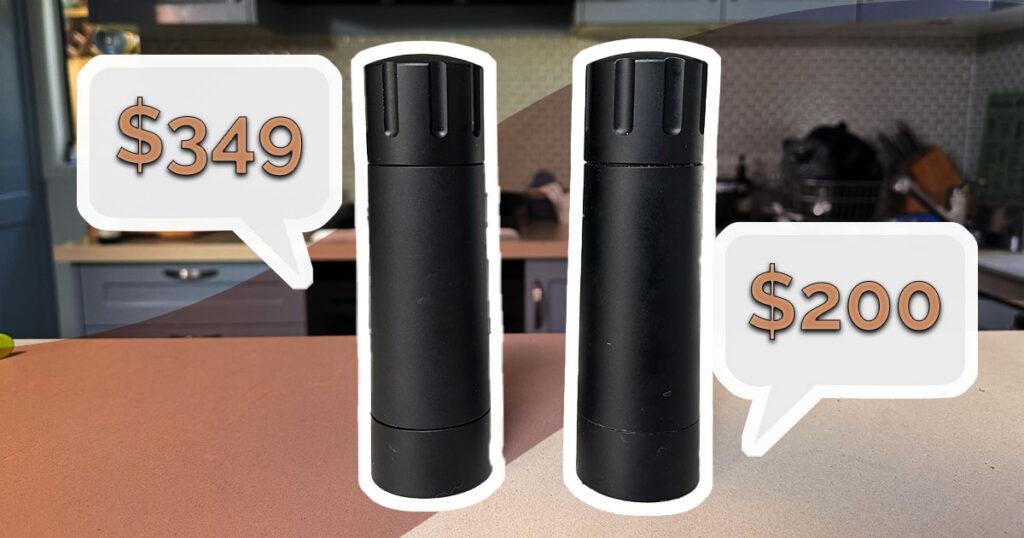Foxtel has another crack at Netflix’s streaming dominance with ad-free Binge.
Binge vs Netflix
What’s this: another streaming service in Australia that’s clearly competing with the household name Netflix? Good luck! Surely, Binge is too little too late in the current Australian streaming video on demand (SVOD) wars that are being raged between Netflix, Stan, Foxtel Now, Prime Video, YouTube Red and, most recently contenders like Disney Plus, Apple TV Plus and Quibi.
At first glance, it feels like newcomer Binge doesn’t stand a chance against all of those other names but, upon closer inspection, there’s more to be gleaned in the Binge vs Netflix comparison than meets the eye.
What is Binge?
For everything you could possibly want to know about Foxtel's new service, we’ve got a dedicated Binge page. The shorthand explanation, though, is Binge takes Foxtel’s existing library of movies, TV series and documentaries, and bundles it into a streaming service.
Unlike Foxtel, there are no ads and there’s no need for an IQ box to watch content while, like Netflix and Stan, there are tiered monthly pricing structures available across one standard definition (SD) stream, two high definition (HD) streams, or four HD streams.
Netflix vs Binge
Thanks to VPN and smart DNS services, Netflix has been a favourite of Australian SVOD bingers since before it officially launched in Australia in 2015. Despite a library that’s smaller than its US and UK counterparts, Netflix has become synonymous with SVOD services in Australia to the tune of more than 11 million subscribers. That number has likely surged upwards, too, since the coronavirus pandemic pushed the majority of the population indoors.
The Netflix library is locationally determined, meaning if you were to travel overseas and log in to your account, you’d have access to the library based on that location. Certain licensed titles may still be available that are identical to the Australian library, but the only thing you can count on is that Netflix’s original programming, movies and TV series, will be available in every region in which Netflix is available.
Binge is exclusively for use in Australia, which means you can only access the content in Australia on supported devices (unless you have a VPN service that hasn’t been blocked). Under normal circumstances, select Netflix content can be streamed in up to 4K quality. At this stage, Binge streams at a maximum quality of HD, with no immediate plans to branch out to 4K resolution.
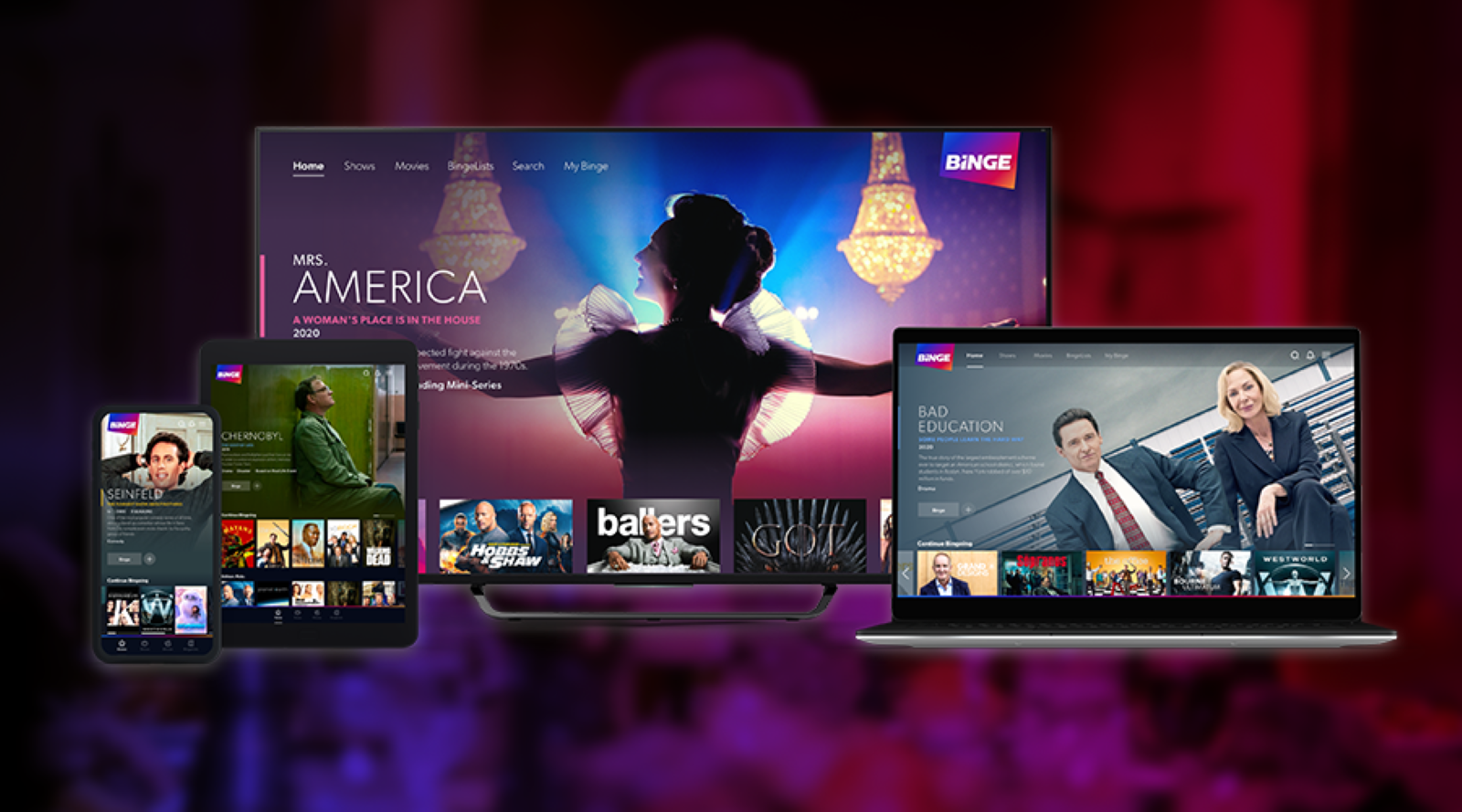
Pricing and plans
Both Binge and Netflix have a similar approach to a multi-tiered pricing structure that, the more you pay, unlocks additional streams and higher fidelity.
Netflix costs
As of November 2022, Netflix now offers four plans: Basic with Ads, Basic, Standard and Premium.
- Netflix Basic with Ads costs $6.99 per month for one SD stream and no offline download devices
- Netflix Basic costs $10.99 per month for one SD stream and one offline download device.
- Netflix Standard costs $16.99 per month for two HD streams and two offline download devices.
- Netflix Premium costs $22.99 per month for four (up to) 4K streams and four offline download devices.
It’s worth noting that Netflix and other streaming services that have a 4K option have temporarily capped streaming to a maximum of HD resolution to ease bandwidth load during coronavirus. For help deciding what Netflix plan is best for you, check out our guide on Netflix prices.
Binge costs
Binge has three plans, all of which revolve around a mix of simultaneous streams at SD or HD quality.
- The cheapest Binge plan costs $10 for one SD stream.
- The middle-tier Binge plan costs $18 for two HD streams.
- The top-tier Binge plan costs $22 for four HD streams.
Currently, Binge doesn’t offer the option to save and view content offline.
Netflix and Binge free trials
Up until March 2020, Netflix used to offer a 30-day free trial, which is no longer offered in Australia.
Binge, on the other hand, offers a 7-day free trial once you input payment details for your chosen plan, but bear in mind that it will automatically charge you for the first month once that trial period ends.
Binge vs Netflix: Content library
Specific library sizes for both streaming services are difficult to calculate as new content is regularly added and removed. That said, at the initial time of writing, Netflix Australia has a library of around 5000 titles across movies and TV series.
Binge isn’t talking about its library size in terms of titles; instead, it’s set to offer 10,000 hours of content at launch, with a view to reaching 20,000 hours of content by the end of 2020.
Comparing the two, Netflix Australia’s content library is estimated to be measured in the hundreds of thousands of hours, which dwarfs Binge’s current and planned 2020 offering.
Netflix library
Aside from a rotating roster of licensed movies, TV shows and documentaries – some of which are there for a short time, while others feel more or less like permanent fixtures – Netflix Australia’s biggest selling point is its original content. While the quality of its movies tend to leave a lot to be desired, Netflix original TV series have a strong reputation for quality and, like HBO’s best watercooler shows, are a big part of the home entertainment day-to-day conversation.
It's worth noting that if you opt for the new Netflix Basic with Ads plan, you won't get access to the entire library.
Binge library
Binge’s library is effectively the Foxtel channels distilled into a streaming service. This means it’s a mix of mostly licensed content, as well as Foxtel originals like Wentworth. Where Netflix has a tendency to drop an entire season of content at once, Foxtel offers a mix of on-demand content, as well as new episodes that air for the first time simultaneously with the Foxtel schedule.
Some of Binge’s bigger licensees include HBO, BBC, FX, NBCUniversal, Sony Pictures, and Warner Bros.
Bandwidth usage
Both Binge and Netflix offer quality linked to pricing tiers, which changes how much bandwidth is used.
Netflix data usage
Regardless of what device you’re using or whether you’re streaming on home or mobile internet, Netflix’s bandwidth requirements break down like this.
- 0.5Mbps is the minimum connection speed.
- 1.5Mbps is the recommended connection speed.
- 3.0Mbps is recommended for SD quality.
- 5.0Mbps is recommended for HD quality.
- 25Mbps is recommended for Ultra HD (4K) quality.
In terms of data usage, Netflix can use as little as roughly 225MB of data per hour of streaming or as much as 1.35GB (SD), 2.25GB (HD) or 11.25GB (UHD) per hour.
Binge bandwidth usage
Binge claims the streaming service uses around 3–4Mbps for streaming at HD quality, with SD streaming measuring in at “about a third” of that, according to Les Wigan. This means an SD stream will use around 450MB to 600MB per hour of SD playback or as much as 1.35GB to 1.8GB per hour of HD streaming.
This puts the lower-end estimates of Binge’s HD streaming as equivalent to Netflix’s SD bandwidth usage, which means that, overall, Binge is using less data per hour.
Does Binge or Netflix have a better user experience?
Netflix has effectively set the standard for the user-interface expectations of a streaming service.
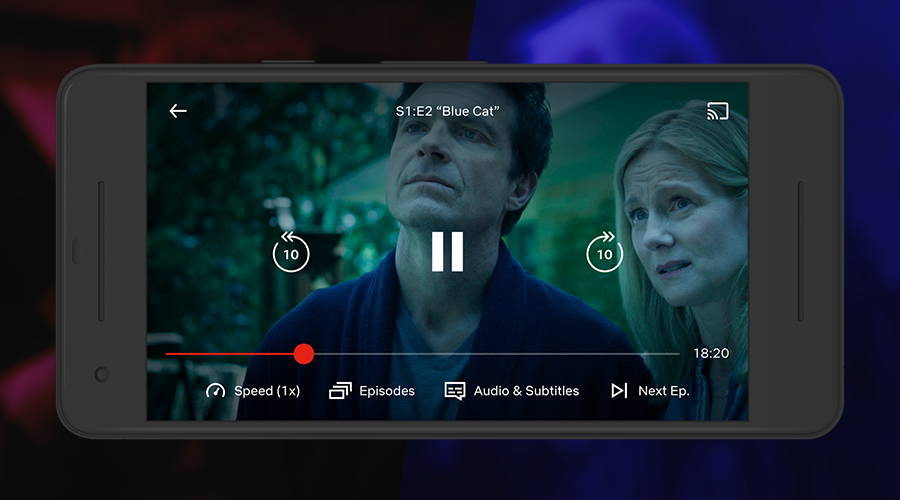
Netflix user experience
Whether you open Netflix in a browser or an app, you’re greeted with ‘hero’ content at the top, which tends to be spruiking the latest Netflix TV series, movie, or documentary release. Scroll down and you’ll find a ‘My List’ carousel, which is comprised of content you’ve added for later viewing.
Below this, there are various carousels spread into different content, some of which are logical –what’s popular (including a separate top 10, by region), what’s trending, Netflix originals, and items you may want to watch again – while others are quite niche and algorithmically linked to your viewing habits.
Shows can be rated with a simple thumbs up or thumbs down, and you can search for content by name, category, or the talent involved. There is also support for up to five profiles to keep content separate and personalised between household viewers. For kids, there’s a dedicated ‘Kids’ tab that automatically populates this home screen with age-appropriate content.
On the mobile versions of Netflix, you can download content for offline playback on supported devices.
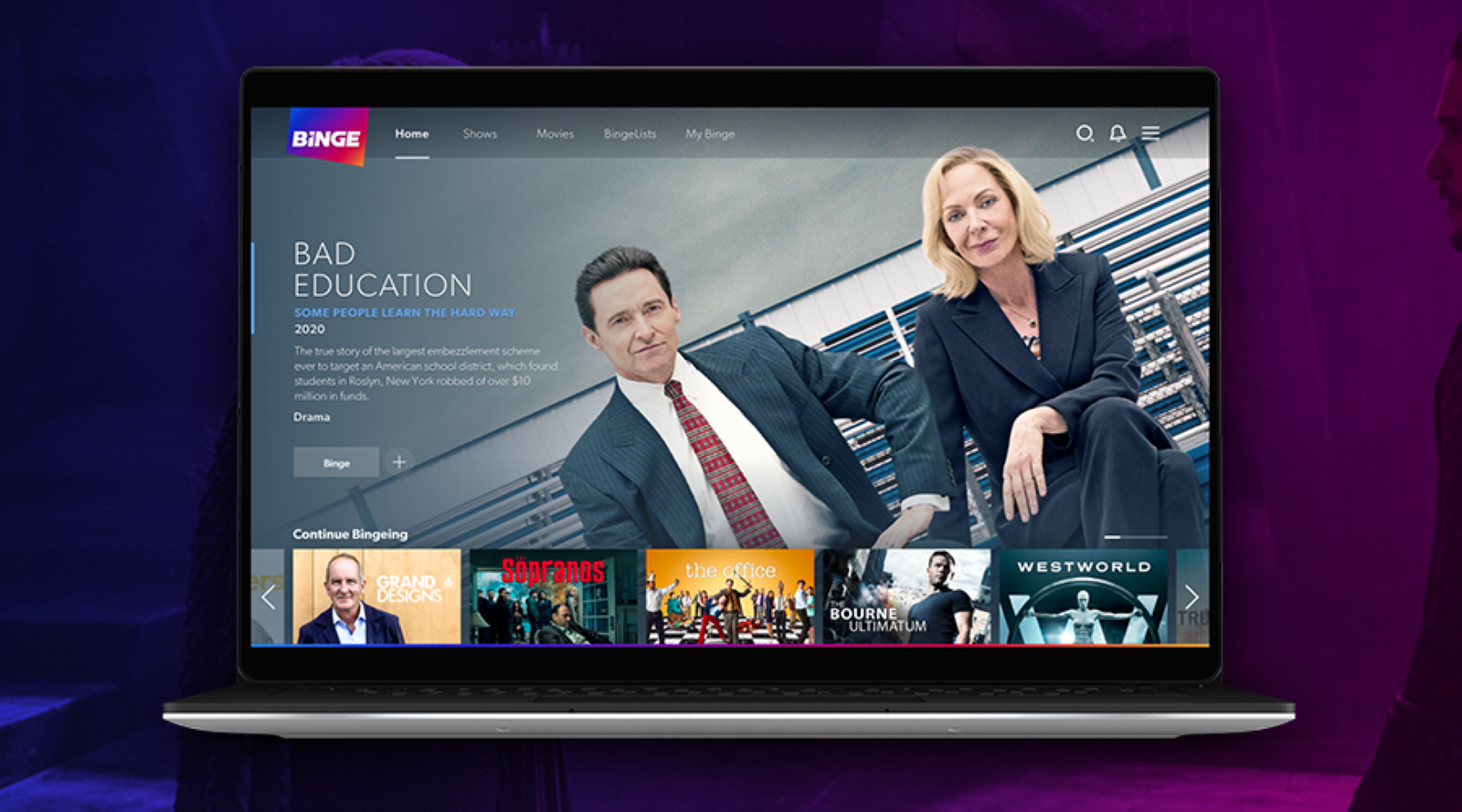
Binge user experience
It’s clear that the user-experience wizards at Binge have used Netflix as a template for building its user interface, but they’ve also spliced streaming expectations with traditional TV viewing. In terms of content categories – movies, TV series and documentaries – Binge will should feel right at home for Netflix users. While there is hero content at the top of the Binge experience, scrolling also reveals additional promoted content to tempt you into watching faster.
It also uses a data-driven algorithm to recommend personalised content, but there’s also expertly curated content that Binge promotes. If you use Binge on a web browser or Roku device, there’s a ‘Surprise Me!’ feature that plays content immediately, with the option to continuously reroll your luck if you don’t like what you see.
Building on this logic of getting you playing rather than scrolling are ‘Binge Centres’ that bundle relevant TV series, movies and documentaries into one place for convenient bingeing. Or you can build your own ‘BingeLists’, with the option of continuing where you left off within each list. On top of this, there’s the option for up to six Binge profiles per account.
Which devices are compatible with Netflix and Binge?
Both Netflix and Binge are supported on a variety of devices, with Netflix more ubiquitous than Binge, but Binge planning on supporting more devices over time.
Netflix device compatibility
Netflix is supported on a wide range of devices, including media players, smart TVs, game consoles, and mobile devices.
- Streaming media players: Apple TV and Chromecast.
- Smart TVs: select models from Hisense, LG, Panasonic, Philips, Samsung, and Sony.
- Game consoles: PlayStation 3, PlayStation 4, Wii U, Xbox 360, and Xbox One.
- Fetch set-top box.
- Blu-ray players: select models from LG, Samsung, and Sony.
- Smartphones and tablets: Select Android (Android 5.0 or later) and Apple (iOS 12.0 or later).
- PC and Mac: Google Chrome (720p), Internet Explorer (1080p), Microsoft Edge (4K), Mozilla Firefox (720p), Opera (720p), Windows 8 app (1080p), Windows 10 app (4K).
Binge device compatibility
While less ubiquitous than Netflix, Binge is still available on a wide variety of devices at launch, including Sony Android TVs, Apple TV, Telstra TV, Chromecast, tablet and mobile.
Within a few months of launch, expect Samsung TVs to be supported with a Binge app. PlayStation support is expected within the next six to 12 months, while there are no plans to support Xbox One, but Wigan did say they are looking at the next-gen Xbox Series X.
Related Articles
